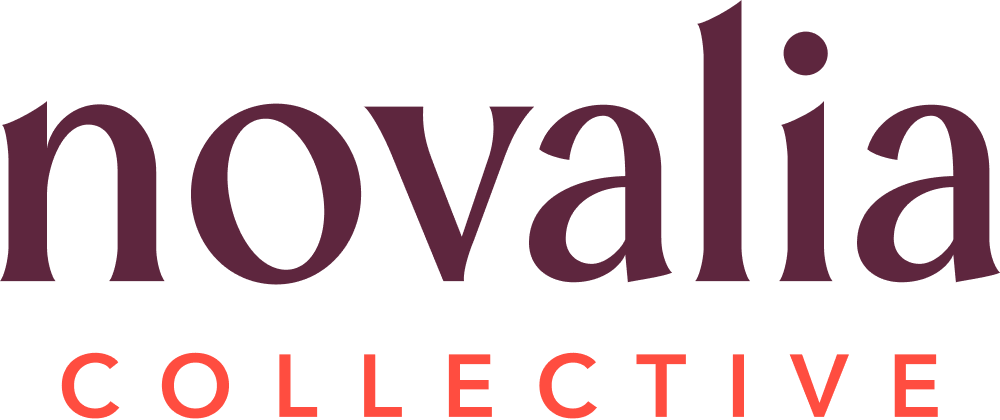Equitable Designs for Return-to-Work
As we continue to search for the ideal return-to-work situation for employees who have been working remotely over the past year and a half, there is one consistently agreed upon fact — that there is no one-size-fits-all solution. In an effort to continually support managers and decision-makers with resources to navigate the return-to-the-workplace discussion, we put together a panel of three managers from different industries to share how they are rethinking the future of their workplace. The following suggestions came out of our discussion with them which you can view here.
First and foremost, what we’ve come to realize is that there doesn’t have to be some sort of grand gesture or innovative tool to help us navigate this conversation. If you don’t read any further, the most important tip and what we hope you take away from this piece, is that managers and decision-makers need to be flexible in their return-to-work plans. What does flexibility look like in practice?
Revisiting the conversation: Things change within a business quarter and they definitely change within a year. If employees indicated in a survey a few months ago that they are comfortable going back to work, check again now. As quickly as the pandemic shifts with new variants, life circumstances could have changed and people’s comfort level could be different now.
Question existing policies and work culture norms: The pandemic has revealed that remote work is a realistic possibility for some roles and jobs. For people who were not working remotely full-time before, this was an opportunity in exploring a different type of work environment. Some people flourished in it, while others couldn’t wait for the office to open again. Whatever people’s stances are, it’s important for managers and decision-makers to question: what work conditions will lead to the best outcomes for my employees? When is in-person face-time necessary? If employees would like to work remotely because it will improve their standard of living, why am I opposed to this? These reflection questions will help you examine and perhaps unlearn the norms that you’re so accustomed to.
Second, put people over product. In a society ruled by KPIs, OKRs, deliverables, and other performative metrics, it is easy to lose sight of what really makes your company or organization successful — the people. Especially in these times when the world is experiencing collective grief and hardship, managers and decision-makers need to especially be mindful of their employees and not solely focus on the bottom line. When discussing an equitable return-to-work plan, there needs to be empathy and understanding. If you’re thinking about it from this lens, it is playing into the long-term strategy of ensuring your employees are willing to stay at the organization. This is how it could look like in practice:
Lean on existing relationships and form new relationships: To understand what employees need to be successful, there needs to be a trusting relationship you can build off of. Once you have some trust, have an open conversation about what people need in their work environment and situation to be their most productive selves.
Third, push beyond the confines of your organization. If you manage a team within a big company, chances are, there might not be much wiggle room between what HQ HR decides and what is best for your team. In this type of environment, recognize that while you can’t make changes overnight or organization-wide, consider what types of accommodations you can make for your team to support them. How can you provide the flexibility and understanding necessary for your team in the short-run, while also working to nudge our organization in the right direction? In practice, this could look like:
Provide space for your employees to discuss and share their needs: This can be done at monthly meetings or check-ins and doesn’t need to be a formal forum. It could be as simple as asking employees if they still have everything they need to do their jobs.
Make accommodations for your team: There are ways to be creative in supporting your team’s needs and if you allow your employees the opportunity to explore this option, great ideas will come out. A great idea that we heard of recently is for a team to synchronize on their vacation dates — this way, everyone can take the time off and not come back to an inbox full of emails or messages from each other.
We asked our panelists all the different ways in which they have been engaging with their employees and we included some scenarios in which this tactics could be helpful:
Manager meetings: To strategize between managers and decision-makers around how to solicit feedback, policies, and business decisions affect return-to-workplace plans.
Anonymous feedback: To provide an anonymous forum and solicit mass feedback from all employees.
1:1 Conversations: To deeply understand and recognize the individual needs of each employee and to provide them an opportunity to share their ideal situation.
Town Halls: To share widely about plans so that all employees have an opportunity to respond and ask questions. If there are decisions that are being announced, it is important employees notice a transparent through-line to how these decisions are made and they did not come as a surprise.
The more clients and partners we work with, the more we realize that while all industries have unique challenges to their field, the one constant barrier we see to transforming into a better workplace is the desire to return to what we know, aka the status quo. Let’s face it, the status quo for some, is comfortable and easy. However, in order to build a workplace that fits the needs of today’s employees, companies need to be comfortable with change and dare to radically imagine the workplace.
If you’re not having these types of conversations yet, have them. If you’re having them, evaluate who is being invited and who still needs to be included. If you’re already doing a great job involving everyone and making sure their needs are met, we hope you keep checking in with these employees.
Finally, if you’re ready to begin shaking up the norm and need a fellow co-conspirator, we’re here for you.

